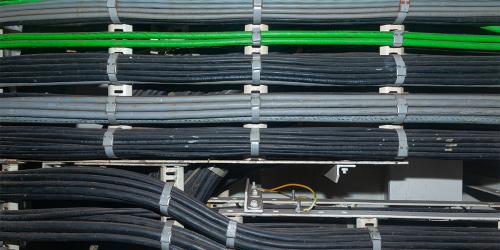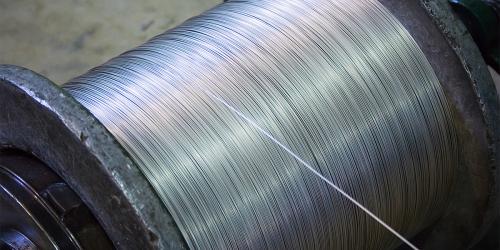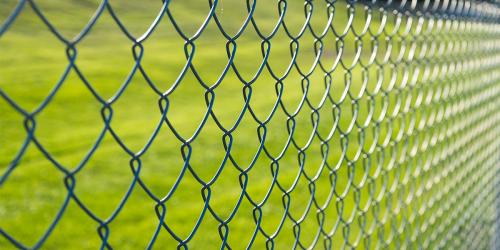Now that the excitement (and for most of us, the anticipated final disappointment) of the Euros is over, our sporting focus has seamlessly moved to the re-scheduled Tokyo Olympics in Japan.
As the medal haul starts to grow, so does the catalogue of photographs of jubilant athletes and contestants having their pictures taken with their priceless medals. One picture you will see again and again is the close-up of the Olympians seemingly biting their newly won medal with their incisors as if they are checking its authenticity. Trust us, they're real...
This then got us asking in the office, "What are Olympic medals are made of?" We all know they are gold, silver, and bronze medals but is that what they are actually made from? Well, you might be surprised. We were when we found out! The specific composition and design of Olympic medals is determined by the host city's organising committee. Therefore, the medals could be different each time. You might also be surprised to know that whilst the silver medal is indeed made of silver and the bronze medal is made of bronze, the gold medal is just gold plated. We'd like to encourage Tom Daley to not melt his down into gold knitting needles.
Although the Olympic gold medal is mostly silver, there are gold medals that are solid gold. One example is the Nobel Prize Medal, which before 1980, was made from 23-carat gold. Now, however, the medals are 18-carat green gold, plated with 24-carat gold. Cheapskates...
Rules are rules...
Whilst there is little flexibility in the creation of an Olympic medal, minimum standards in their production must be maintained. All gold and silver medals are at least 92.5% silver and gold. Olympic medals must also be plated with at least 6 grams of gold. The bronze medals are bronze, an alloy of copper and most commonly tin and all Olympic medals must be at least 3mm thick and at least 60mm in diameter. In recent history, the silver medals at the 2018 PyeongChang Winter Olympics had a purity of 99.9%, according to Olympic.org. The gold medal was a silver medal plated with 6 grams of gold, and the bronze medal was made of an alloy of 90% copper and 10% zinc.
Each Olympics has its own medal design and Tokyo is no different, with its own unique pattern. The design for the medal was submitted by a member of the Japanese public after a competition received over 400 entries.
So where does the gold, silver and bronze come from?
Since 2017, old mobile phones and electronic devices have been collected from across Japan. This has been part of the Tokyo 2020 medal project. More than 90% of Japan's towns and cities contributed electronic devices. This enabled the whole of Japan to get involved in the Olympic effort. In total, over 78 tonnes of devices were collected which enabled enough, gold, silver, and bronze to be extracted to make the 5,000 medals for the Tokyo Olympic Games.
Perhaps in the future, if the cost of silver continues to rise, we may need an alternative. Will one country consider making the medals from Stainless Steel? You never know, maybe one day BS Fixings could be manufacturing Olympic medals as well as stainless steel washers .
But for now, we would like to send out our congratulations to all the athletes who have already won gold. Congrats to all those simply making it to the Olympic games during such difficult times.






